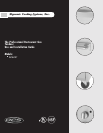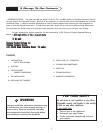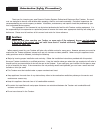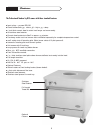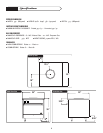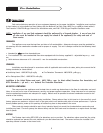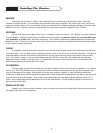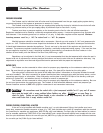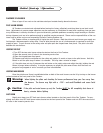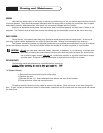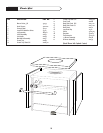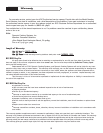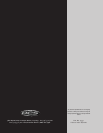Special offers from our partners!

Find Replacement BBQ Parts for 20,308 Models. Repair your BBQ today.
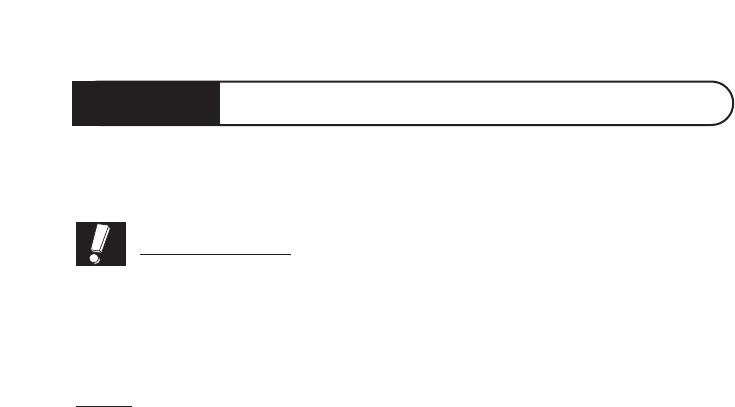
5
Pre-Installation
Important:
Safe and satisfactory operation of your equipment depends on its proper installation. Installation must conform
to local codes, or in the absence of local codes, with the National Fuel Gas Code, ANSI Z223.1-1988 (or latest edition).
The Canadian CAN/CGA-B149.1 Natural Gas Installation code, and CAN / CGA B149.2 Propane installation code.
NOTE: Installation of any gas fired equipment should be perf0rmed by a licensed plumber. A manual gas shut
off valve must be installed on the gas supply line ahead of the appliance(s) for safety and ease of
future service.
CLEARANCES
The appliance area must be kept free and clear of all combustibles. Adequate clearance must be provided for
air openings into the combustion chamber and for proper air supply. This unit is design certified for the following instal-
lations:
1. Intended for
ootthheerr
use than household use.
2. For installation on a non-combustible floor when equipped with the factory supplied 6” adjustable legs or 5” cast-
ers.
3. With minimum clearance of 6” side and 6” rear for combustible construction.
STANDARDS
Installation must be planned in accordance with all applicable state and local codes, taking into account the fol-
lowing standards (or latest edition).
● Ventilating Hood - ANSI/NFPA 96-1984 ● Fire Detection Thermostat- ANSI/NFPA 72B-1979
● Fire Extinguisher (CO2) - ANSI/NFPA 126-1985
Installation in the United States must meet: ANSI Z88.13 1991 (or latest edition) American Gas Association, and
NFPA Standards # 96 and # 21-1 National Fire Protection Association.
AIR SUPPLY & VENTILATION
The area around the appliance must be kept clear to avoid any obstructions to the flow of combustion and venti-
lation air as well as for ease of maintenance, service, and proper appliance operation. Keep clearance for air openings
into the combustion chamber and adequate air supply. Means must be provided to exhaust combustion wastes to the
outside of the building.
Air movement should be checked during installation. Strong exhaust fans in this hood or in the overall air condi-
tioning system can produce a slight air draft in the room, which can interfere with pilot or burner performance. If pilot or
burner problem persist, make-up air openings of baffles may have to be provided in the room.
Filters and drip troughs should be part of any industrial hood, but consult local codes before constructing and
installing any hood. The duct system, the exhaust hood, and the filter bank must be cleaned on a regular basis and kept
free of grease.
ALTITUDE
The Tandoor input rating (BTU/HR) is for elevations up to 2,000 feet. For elevations above 2,000 feet, the rating
should be reduced four percent for each additional 1,000 feet above sea level. The correct orifices are installed if the
operating altitude is known at the time of sale.



